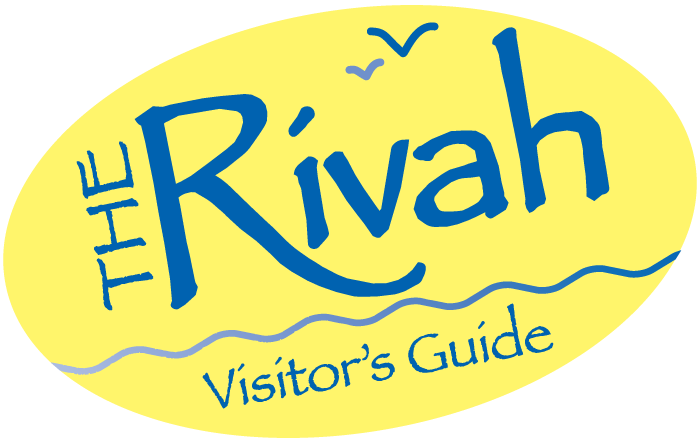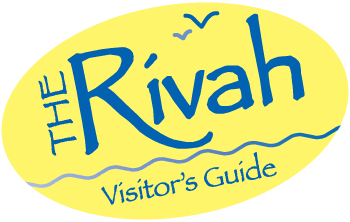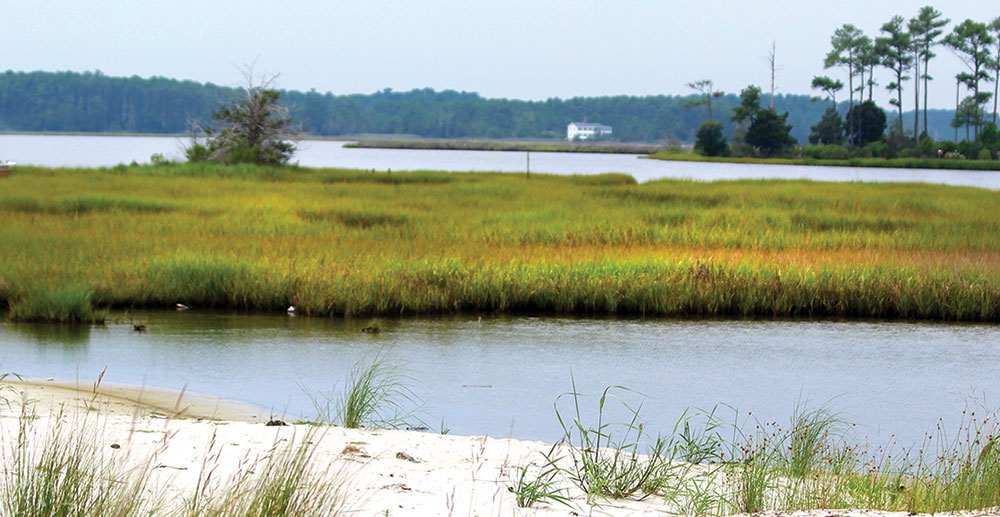
Discovering the beauty and significance of coastal marshes
It is a sunny day and Haven Beach Beach in Mathews County is full of your typical summer at the beach activity. Families are picnicking, playing in the water and building sandcastles, while just behind them a few feet away, a very different habitat just as full of activity, is hidden.
Leave the picturesque sandy beaches and walk a few paces and you will find fields of mudflats, grasses, shrubs and trees that have withstood the inundation of seawater from high tides or storm surges for centuries. Stand still and observe what often goes unnoticed: the diversity of life that calls this place home.
Buffer between land and water
Wetlands, like the salt marshes at Haven Beach, are intermediaries, vital to protecting both water and land. The grasses and vegetation act as a filter, trapping sediment and other runoff like fertilizers before they reach the Chesapeake Bay. Marshes can also protect inland property from storm surges and high tides by giving water someplace to go and dampening wave energy to prevent erosion. In the process a habitat was born.
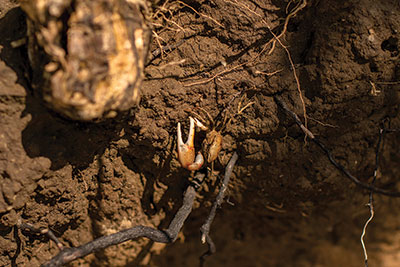
According to the Chesapeake Bay Program, there are approximately 282,291 acres of tidal or estuarine wetlands in the Chesapeake Bay Area. These wetlands are flooded with salt or brackish water which is different from the non-tidal or palustrine wetlands containing fresh water. Making up 86% of wetlands in the bay watershed, the palustrine wetlands are the floodplains bordering streams, rivers, ponds and lakes.
A delicate habitat in a precarious position
Flora and fauna of all types have adapted to this place with many dependent on the wetlands for food and cover. A flock of bank swallows fly overhead, performing swift aerobatic maneuvers to catch in mid-air the many flying insects living in the tall grasses and shallow waters. The swallows are also dependent on the marsh for shelter, nesting in the vertical banks of dirt or sand, with water never far away.
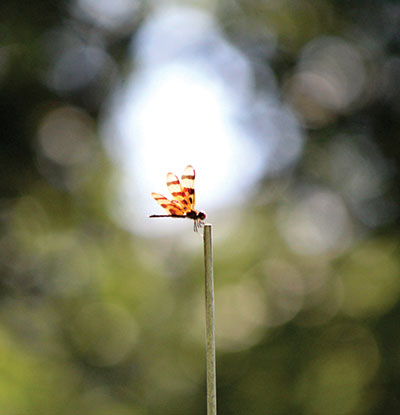
Marshes are also important to birds who don’t live there. With plenty of insects, snails, worms and other small aquatic species to eat, these wetlands are a welcoming respite for birds as they migrate along the Eastern Flyway during the spring and fall.
It is not just birds that depend on the marsh habitat. Larger mammals like muskrat build homes in the river banks and feed on the many water plants in addition to small fish, snails and shellfish. Frogs, snakes, salamanders and turtles are also dependent on the habitat for food, shelter and reproduction.
The Chesapeake Bay Protection Act has gone a long way in protecting from the encroachment of development in wetlands, but invasive species are a looming problem that needs more than legislation to fix. Phragmites, purple loosestrife and Japanese stiltgrass are just a few examples of plants that have become unwanted residents of the area’s wetlands. As they outcompete native plants with their rapid reproduction, they reduce food and shelter resources for native species.
And while marsh plants have the ability to withstand occasional inundation by saltwater, with sea level rise, marsh plants will be lost underwater faster than they can populate farther inland. The loss of buffer and habitat would be devastating to all within the watershed.
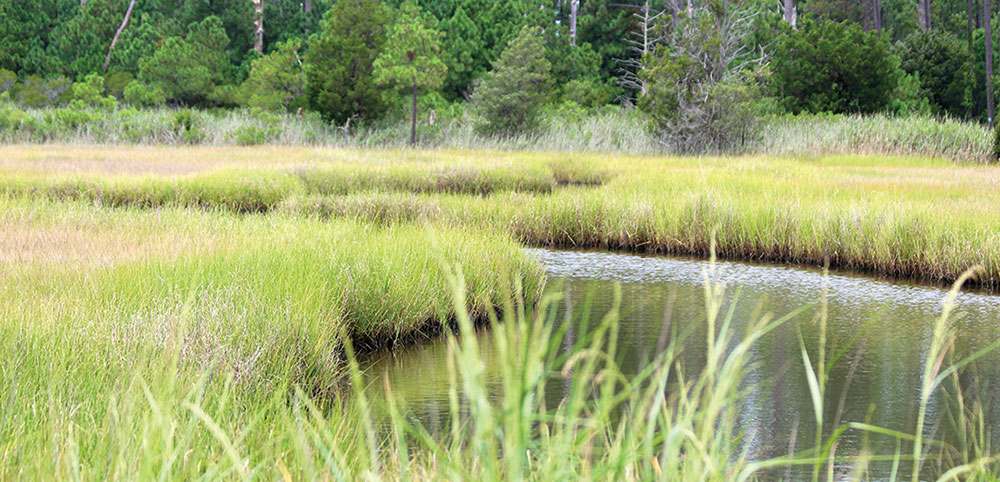
Nature at a slower pace
Less than a mile south down the beach, the tidal marshes at Aaron’s Beach are a lush, quiet landscape when compared to the rush of waves at the shoreline. Small, still pools fed by the continual ebb and flow of tides are full of life if you stop to pay attention: sanderlings taking a break from chasing beach waves to hunting for insects or small mollusks in the short grasses, while plovers check the sand for insects, crustaceans or larvae.
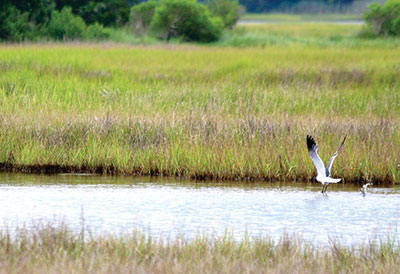
The slow moving tidal waters of Garden Creek encourage you to slow down and observe not only the waters but the surrounding mud and grasses for the tiny signs of life that are everywhere: small fish so fast you only see the water moving, fiddler crabs in the mud at the water’s edge, mussels clinging to the base of marsh grasses.
Winged creatures of a smaller sort are prevalent among the marsh grasses. Dragonflies of nearly every color of the rainbow call this place home, but their beauty is difficult to see until they take a break from their search and they delicately land on a blade of grass or stem.
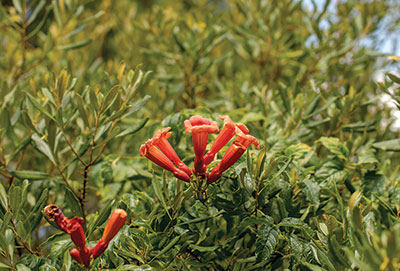
Marsh life at a larger scale
The Dameron Marsh Natural Area Preserve in Northumberland County is “one of the most significant wetlands on the Chesapeake Bay for marsh-bird communities” according to the Virginia Department of Conservation and Recreation which maintains the 316-acre site.
A short trail and a boardwalk within the salt marsh protects the habitat while allowing for views of wildlife within the delicate ecosystem. Raptors and songbirds are a common sight among the trees, shrubs and grasses, which makes it a popular birding site. Make it to the end and you are rewarded with sweeping views of the salt marsh and the Chesapeake Bay where you might see a bald eagle, a wading heron or grazing whitetail deer.
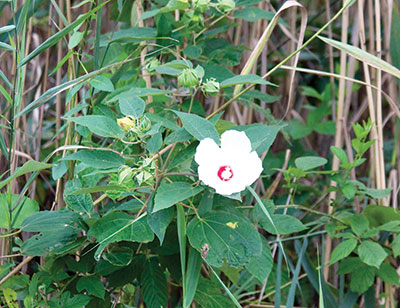
At low tide, fiddler crabs scurry along the mud flats. The crab is an important part of the ecosystem as its clean-up crew, feeding on algae, bacteria and decaying marsh plants. They also serve as an important food to turtles, herons and muskrats and many more marsh predators.
Coastal marshes offer a glimpse into an ecosystem that is distinctive not just for its valuable role as a buffer between land and sea. It is also the interconnectedness of the plants and animals that have adapted and thrived here that make these marshes worth the trip.
